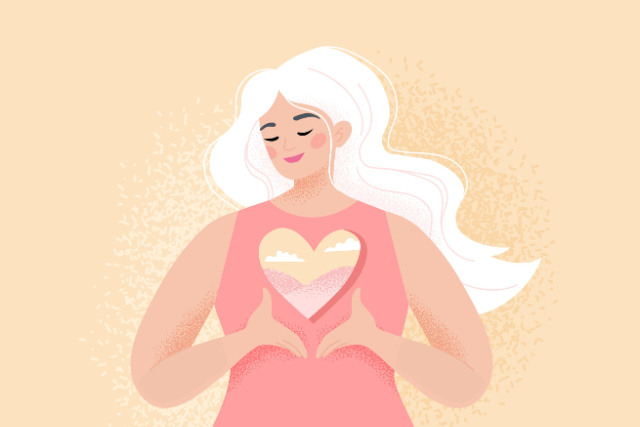Three Tribal Channels: Procreation, Defense, Family and Beyond
Marga’s new Human Design series, Three Channels a Month, continues with three Tribal channels
If everybody else around you is unhappy, you cannot be happy, because man is not an island. He is part of the vast continent. If you want to be happy you will have to help others who surround you to be happy. Only then – and only then – can you be happy. You have to create the atmosphere of happiness around you. If everybody is miserable, how can you be happy? You will be affected. You are not a stone. You are a very delicate being, very sensitive. If everybody is miserable around you, their misery will affect you. Misery is as infectious as any disease. Blissfulness is also infectious as any disease. If you help others to be happy, in the end you help yourself to be happy. A person who is deeply interested in his happiness is always interested in others’ happiness also…” Osho, Yoga: The Alpha and the Omega, Vol 6, Ch 4
Three Tribal Channels: Procreation, Defense, Family And Beyond
One of the most fascinating aspects of Human Design is how it allows us to study not only the psychology of the individual but also the anthropology and sociology of humanity as a whole.
Human Design is a profound system that offers a multidimensional understanding of life. Through its three main circuits and their sub-circuits, it reveals how our energy is wired, how we interact with others, and how we carry both the wisdom and the challenges of our evolutionary past.
By analyzing the Tribal Circuit, that focuses on support, sustenance, entrepreneurship, resources management, and continuity within the tribe or community, we can see how tribal dynamics have shaped our social structures, traditions, and ways of relating to each other, from ancient civilizations to modern organizations, families, and communities.
The three tribal channels we’re going to discuss here, 50-27, 59-6, and 37-40, each play distinct roles in this circuit, contributing to the themes of procreation, defense, and family cohesion.
While these channels operate at a practical, survival-based level, they also carry deeper themes that extend beyond basic tribal functions. They relate to values, creativity, and individual identity within the collective, shaping not only physical well-being but also cultural and social structures.











COMMENTS